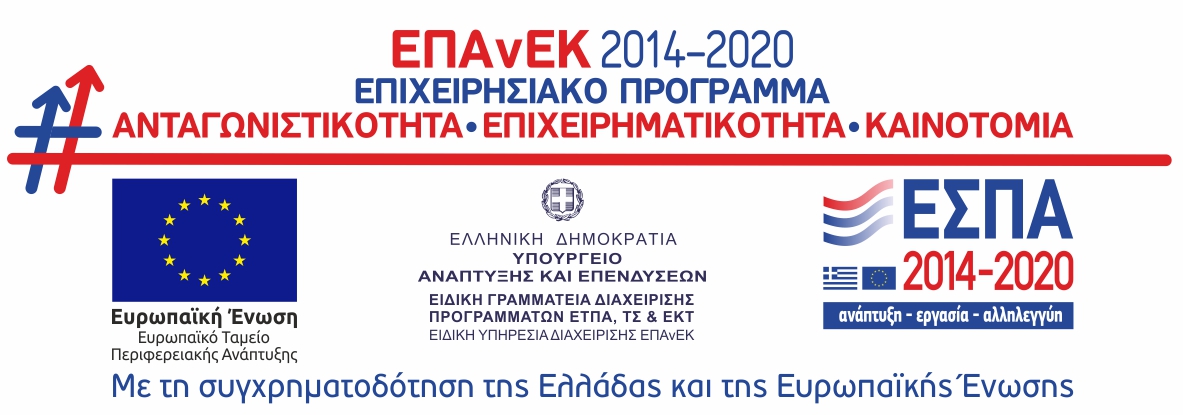ANSWER: A flexible, integrated skills activity, “Let’s exchange stories”, in which groups of language learners build a story inspired by visuals, creates an opportunity for groups of learners to relate stories to each other providing them with plenty of practice in observing, notetaking, listening, speaking and cooperation.
BEFORE CLASS: The teacher views and chooses two short (up to 3 minutes) no-dialogue videos. Alternatively, she may choose scenes on video, with the intention of playing them with the sound turned off. Video scene 1 will be for the odd-numbered groups of learners to view and Video scene 2 for the even-numbered groups. The teacher prepares by writing outlines of events shown in the 2 video scenes, along with titles and selected vocabulary items required for the story reconstruction (especially for lower intermediate level learners).
NOTE: An optional step would be to find a third scene as an example to use for the entire class to illustrate the first activity instructions, by showing a no dialogue scene and, afterwards, reading the notes you took about the sequence of events to the class.
IN CLASS PROCEDURE:
Assign learners into groups of 3. Make clear that Groups 1, 3, 5…will view Video scene 1 and Groups 2, 4, 6… Video scene 2.
Phase 1 - In Odd and Even groups, Viewing:
As this is an information gap activity, the odd and even groups will view separate video scenes and take notes. Learners will take notes on the sequence of events. (3 minutes or 6 minutes)
Phase 2 – in same groups, Reconstructing:
Once the video scene has been viewed, group members discuss their notes together to reconstruct the story of the scene, i.e. separately, the odd-numbered and even-numbered groups will view, reconstruct and, then, tell the story of their separate Video scenes to their group members. Then, each group collaborates to write an outline of the story, and adding specific descriptions of the actions of the characters that its members observed. Also, they can discuss the places where the characters were and they can note details, such as objects that the characters held/used (5-7 minutes).
Phase 3 - Re-Grouping and Sharing:
After viewing one of the scenes and collaborating to reconstruct the story, each set of groups, then, re-group/ re-pair to tell the story of what they each saw. Members of the odd-numbered group can begin and, then, members of the even-numbered group can follow (7 minutes). [See Re-grouping and Sharing Stories (Phase 3) below.]
Phase 4 – Report back:
To conclude, the entire class can view both of the video scenes (for two reasons) so as (1) to compare what they were told to what they actually saw and (2) to view, for a second time, the story they related—perhaps picking up more information than that which they had noted or had remembered to tell (7-10 minutes).
AN EXAMPLE TO ILLUSTRATE MORE SPECIFIC INSTRUCTIONS:
We have chosen the first two of Fantastic Short Films – No Dialog by Garahisarlıyın https://www.youtube.com/watch?v=Mdx4k3rPs_I
Video scene 1 is titled Trashcan (000-314), and Video scene 2, Karma (321-635).
Specific Instructions For ODD Groups: Watch the 1st short video (Trash Can) . Take notes on the sequence of events. Write an outline of the story, and add specific descriptions of the actions of the 2 characters. Also, pay attention to objects they hold/use and the places where we see them.
Specific Instructions For EVEN Groups: View the 2nd short video (Karma). Take notes of the sequence of events involving son, father, beggar, mother with young boy, vendor, businessman, bicycle shop owner. Write an outline of the story, and add specific descriptions of the actions/attitudes of the characters. Also, pay attention to objects they hold/use and the places where we see them.]
VARIATIONS FOR LIVE AND ONLINE TEACHING:
Viewing (Phase 1) and Sharing (Phase 3) in live teaching:
Use tango seating with chairs arranged side-by-side or back-to-back, so that members of the odd numbered group can see the screen, while members of the other group cannot.
Viewing (Phase 1) in Online teaching:
Break Out Rooms: Make students (one from each break-out rooms) co-hosts and send them the link for the videos. Once students get into their break out rooms, their co-host will share their screen so all can view their video in private and complete the group instructions.
Plenary: Teacher asks those learners from all even-numbered groups to go leave the video conference for 3 mins. The video scene 1 is shown to the remaining learners, those learners of even-numbered groups are re-admitted. All those from odd-numbered groups exit temporarily and Video scene 2 is shown to those who previously had the break.
Re-grouping and Sharing Stories (Phase 3):
Organize learners in pairs, L1 is from an odd group and L2, an even group;
or smaller groups, whether live teaching or online (re-setting break out rooms).
RATIONALE: This interactive activity is primarily a speaking activity. Learners reconstruct the story of the short film they viewed for those learners who saw the other film; hence, learners have a reason for speaking and listening to each other. It requires some preparation on the part of the instructor, as well as the observing of participation within groups and adherence to time limits for the various phases. The amount of practice makes all this work worthwhile, as the learners are engaged throughout in practicing a number of language skills: observation, notetaking, vocabulary recall and search, story reconstruction, collaboration and oral discussion.
EXTENSION: Learners can be asked to write a brief summary of either of the two scenes individually and discuss their feelings and opinions about the director’s message.
ALTERNATIVE MATERIAL: Following the basic procedure of “Let’s exchange stories”, you can use still images, instead of video scenes, to inspire initial story-creating by pairs or groups of learners. A suggested link: www.onceuponapicture.co.uk
Suzanne Antonaros and Lilika Couri
June 2022

